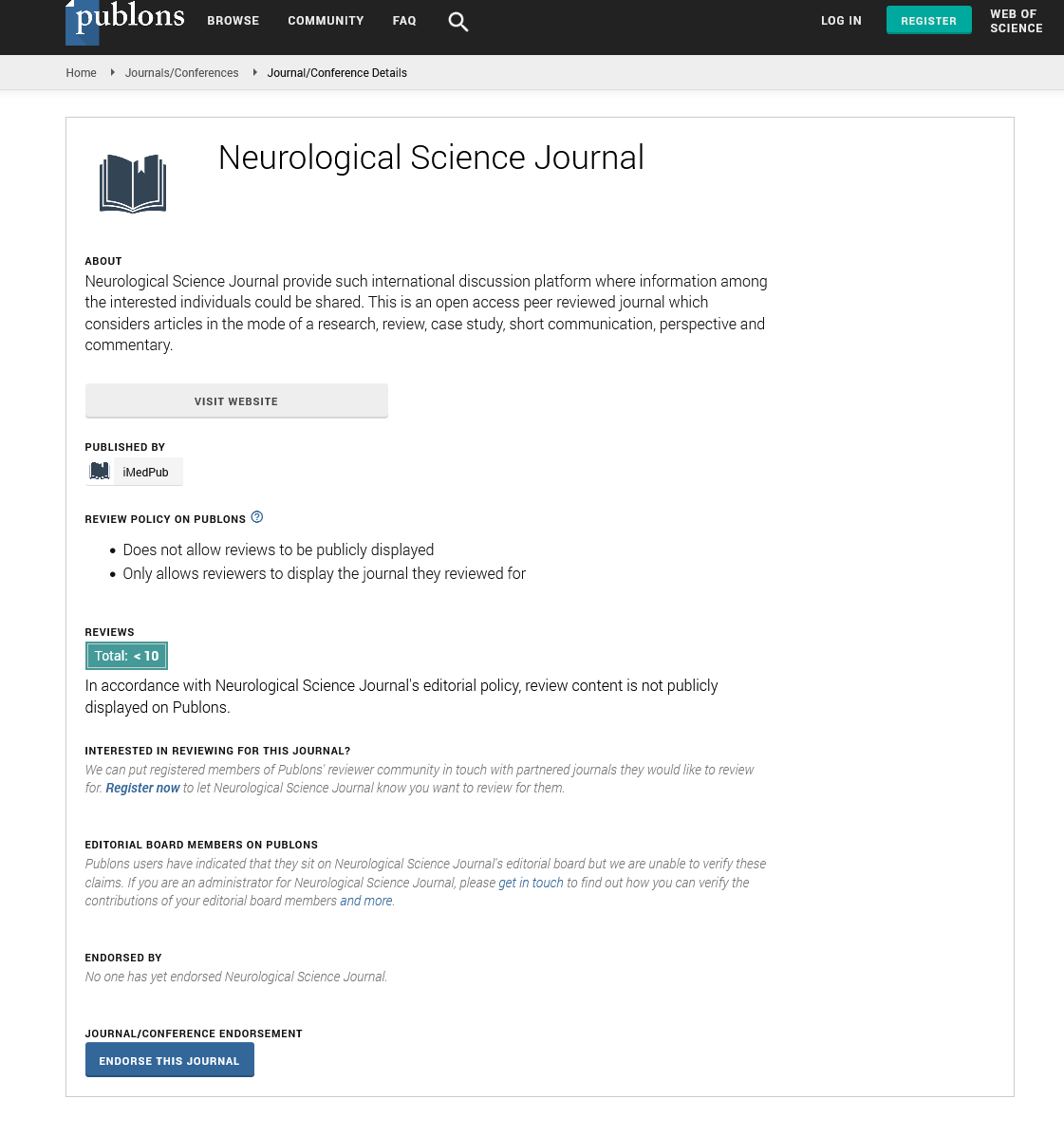Abstract
Child Psychology 2018: Resilience and psychological development: Coping support technics with the positive psychology approach- Javier Fiz Perez, European University of Rome
Stress is not, at this point a wonder that worries grown-ups solely. Therefore, we have chosen to remember young worry for our exploration. We have been presenting a review on worry to a gathering of 671 youngsters with a normal age of 16 years and 7 months. The overview was centered on two unique angles: stress recognition and stress causes. Family Support Coping Questionnaire was likewise submitted. The principle finding of this investigation is that 38% of the example characterizes them as worried, with no sex related contrasts. Subjects that view themselves as focused on demonstrate as cause’s absence of time (31%) and exorbitant responsibilities (23%). Practically all the subjects’ state school (48%), family (21%) and nostalgic connections (8%) are the principle wellsprings of stress. From the investigation of the open answers, plainly family and school desires are the best wellsprings of stress – regardless of whether fundamentally more so for females than for guys. Subjects were solicited to evaluate the level from focused on began by completing school and the need of picking and arranging their future. This finding is significant when matched the level of subjects that has expressed to have just settled on the choice of what to do when they complete the process of contemplating. As it is found in the realistic (we requested that the subjects state in the event that they had just chosen what to do after school) the best degrees of vulnerability are found in year IV. The crossing point of this information doesn't appear, in any case, enough to clarify levels of worry, as the high level of understudies who have chosen should cause a critical decrease of worry in year V. In all likelihood, stress concerning the post-secondary school decision is the non-straight mix of two components: on one hand, vulnerability in regards to the decision, then again, the quickness of the occasion. Looking at feelings of anxiety among subjects that depend on solid family backing and subjects that rely on inadequate family support there are huge contrasts. The subjects that depend on solid family support appear to enlist lower normal feelings of anxiety, with respect to their post-secondary school decisions. Moreover, this sort of help appears to lessen worry as the occasion comes closer, encouraging the dynamic.
Connections assume a crucial job in building the flexibility of a person. This beginnings at a youthful age when we are intensely impacted by our watchmen and guardians. Stronger youngsters will in general be raised with a legitimate child rearing style, instead of tyrant or aloof child rearing styles.
The definitive child rearing style shows the characteristics of warmth and love that likewise give structure and backing to the kid. Baumrinds' (1971, 2013) hypothesis of child rearing styles features why legitimate child rearing is the perfect way to deal with raising a balanced, free, confident, and self-controlled person.
Contradicting this is the tyrant child rearing style, which can bring about insubordinate or ward kids who experience visit doubt and in this way, will in general be pulled back from others.
Lopez and Synder additionally think about parental instructive level, financial status and home condition (sorted out versus muddled) as solid impacts in the improvement of a youngster's mental flexibility.
Numerous scientists comparative decisions about Baumrinds' order of child rearing styles. The sort of relationship, just as the kind of individual in the relationship, assume huge jobs in the advancement of flexibility. At the point when positive connections happen, composed and rule-withstanding practices are esteemed; these impact solid constructive outcomes on flexibility levels.
Attributes of flexibility incorporate intellectual aptitudes, character contrasts, critical thinking capacity, self-guideline, and versatility to stretch. In early connections and strong situations, kids can create instruments that subliminally build up their mental versatility and these previously mentioned abilities.
Our environmental factors shape what our identity is, so it appears to be pivotal to configuration spots and establishments—like schools—that advance individual and mutual development. All things considered, structure and security impact mental strength.
Factors, for example, open wellbeing, accessibility to human services, access to green space, and so on., all effect the improvement of an individual and a network's strength. The more noteworthy the social consideration and all-encompassing conditions, the almost certain individuals will be presented to the help structures that can help them when life "gets hard."
Training is one central point to consider. Schools could be focal points of creating flexibility, just as sheltered spaces to rehearse and build up these abilities. Prosocial associations, for example, sports groups or clubs can likewise be hotspots of strength preparing. These conditions empower people to build up a constructive mental self-portrait, have faith in their quality, and discover the reason in the midst of progress.
A center piece of the positive training development is making prosocial associations and viable schools.
For an extraordinary case of how to actualize strength in your own condition, look at the Penn Resiliency Program that connections prosperity and versatility together. Penn plans the program to fit the individual needs, objectives, and culture of associations.
Analyst offers a pool of assets in this program. Basically, every program, workspace, school, and so on., can profit by making a culture of strength.
Author(s): Dr. Javier Fiz Perez Ph.d
Abstract | PDF
Share This Article
Google Scholar citation report
Citations : 11
Neurological Science Journal received 11 citations as per Google Scholar report
Neurological Science Journal peer review process verified at publons
Abstracted/Indexed in
- Google Scholar
- Publons
Open Access Journals
- Aquaculture & Veterinary Science
- Chemistry & Chemical Sciences
- Clinical Sciences
- Engineering
- General Science
- Genetics & Molecular Biology
- Health Care & Nursing
- Immunology & Microbiology
- Materials Science
- Mathematics & Physics
- Medical Sciences
- Neurology & Psychiatry
- Oncology & Cancer Science
- Pharmaceutical Sciences
